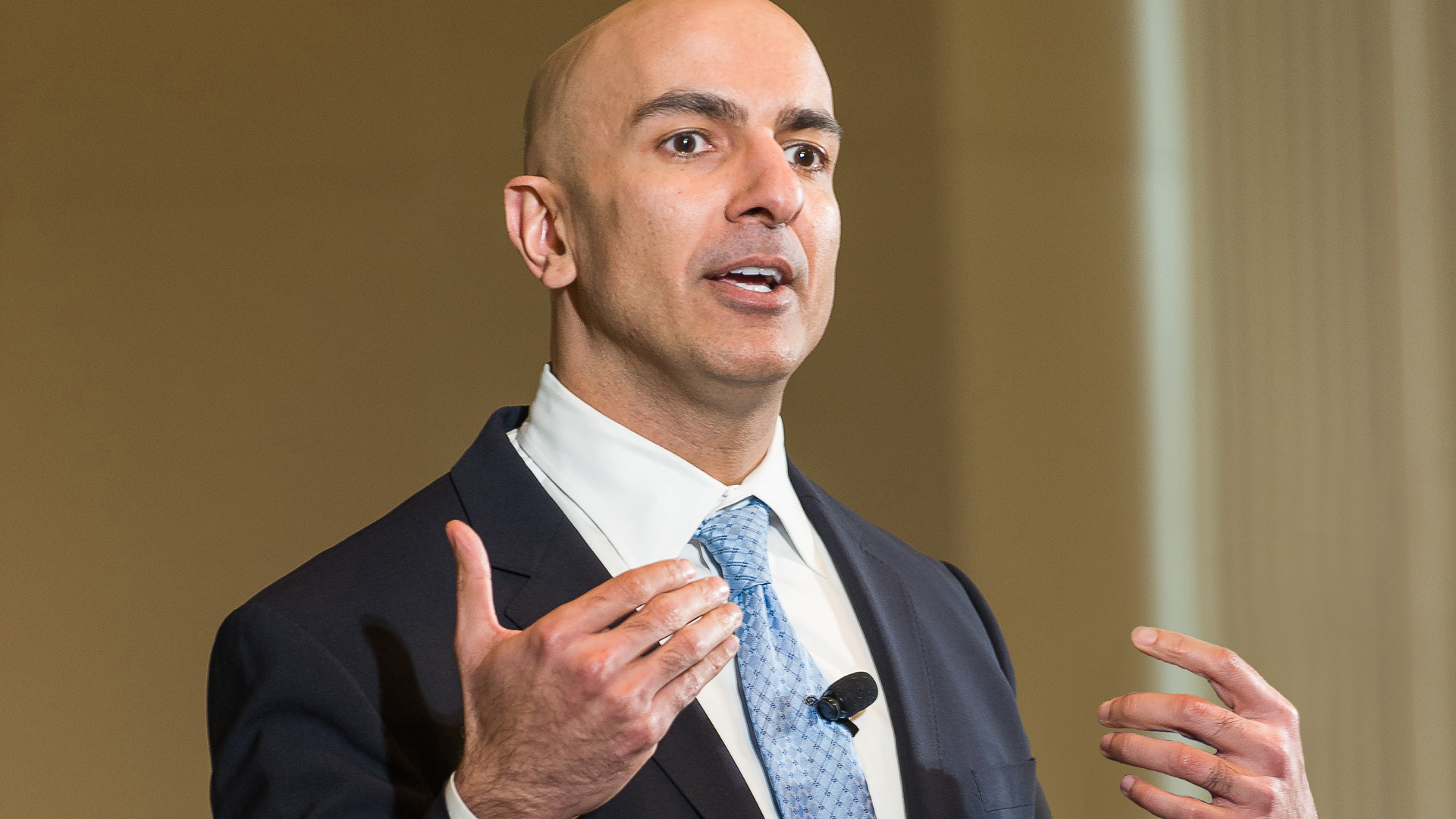Cristina Arellano, an Ecuadoran, was in graduate school in the United States when her country adopted the dollar, but her family experienced the transition firsthand. It was a quickly imposed response to a dramatic financial meltdown. “Dollarization was implemented as a last resort,” recalls Arellano. Unlike El Salvador’s slow and deliberate transition, she notes, “It was not really thought through carefully.”
Ecuador implemented dollarization in January 2000, following a major economic crisis, including severe devaluation of the sucre, Ecuador’s currency since 1884. “In the beginning of 1999, the exchange rate was 7,000 sucres per dollar,” she says. “At the end of 1999, it was around 14,000 sucres per dollar. And the dollarization plan was announced two months after that, at 25,000 sucres per dollar. It was quite dramatic.”
In addition to the devaluation, GDP decreased by 8 percent and inflation was 80 percent. “There were runs on the financial system,” remembers Arellano. “Banks closed. It was similar to the Argentina experience where people could not get their money out. And right after that there was a change of presidents. It was really a dramatic crisis for the country.” By one estimate, the financial crisis cost the nation about 20 percent of its GDP.
Despite—or because of—the economic turmoil, Ecuadorans accepted the new currency fairly easily. “The process was quite fast,” Arellano says. “People got used to it quite quickly.” Because coins weren’t immediately available, just bills, there were some difficulties with pricing. “There was a lot of confusion in the beginning, and a lot of rounding. Everything was a dollar. An ice cream was a dollar, whereas before you would say ‘45.63 cents’ is the price for this ice cream.” But people, and prices, soon adjusted.
Arellano says that there was relatively little concern about the loss of the nation’s historical currency. “There was a little bit of talk in the newspapers about, you know, ‘the sucre is our currency, and our pride.’ But I think the general public was not so concerned.” Inflation dropped after dollarization, and the newfound price stability was highly valued in a country that had historically experienced annual inflation of 30 percent or more. “So in that sense, people like having dollars because everything costs pretty much the same every time they go to the store now,” she observes. “I think for the most part, people are happy with the dollar.”



